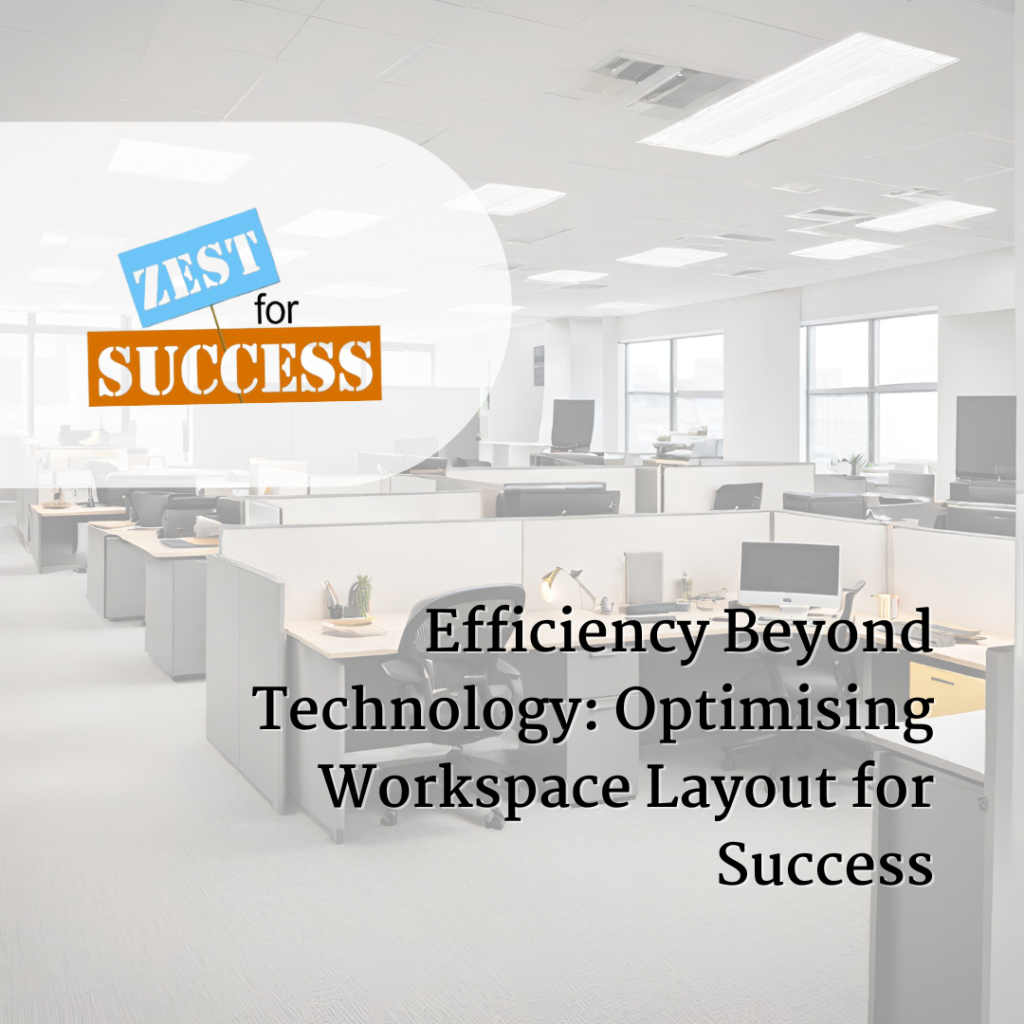In the modern age, when discussions about efficiency arise, our minds often gravitate toward advancements in technology. While technological innovation is undeniably pivotal in enhancing productivity, it’s important not to overlook the equally crucial role that a well-organised physical workspace or job site plays in achieving optimal efficiency. Let’s delve into a real-life scenario that beautifully illustrates this point.
Picture this: You’re amidst a home improvement project, constructing a deck to elevate your outdoor space. Skilled builders are diligently working to bring your vision to life. However, a seemingly mundane aspect of this project turns out to be an unexpected lesson in efficiency – the arrangement of materials on your front driveway.
The timber, essential for your deck’s construction, has been strategically piled up in your driveway. While this storage approach seemingly fits the bill, a closer look reveals a hidden efficiency gem. The larger beams, needed for critical structural elements, have somehow found themselves buried beneath the rest of the timber. A realisation dawns: what initially appeared as a practical arrangement might not be as efficient as it seems.
Imagine witnessing the builders, in a moment of realisation, shifting and shuffling the timber stack to access the buried beams. It prompts a thought: could this process have been smoother with an alternative arrangement? This simple scenario uncovers a crucial principle that transcends home projects and extends to larger industrial settings.
Consider warehouses and production lines. The analogy becomes evident: just as your driveway timber arrangement affected the ease of access to specific beams, a warehouse’s organisation and a production line’s layout influence workflow efficiency. When items move along a production line seamlessly, undergoing necessary tasks in a linear manner, it’s akin to the smooth retrieval of materials for your deck.
In contrast, envision a scenario where items zigzag across a warehouse, shuffling between different sides, resulting in inefficiency akin to the process of digging out those buried beams. This sort of chaotic movement hinders productivity, delays operations, and even raises the risk of errors – the very elements that efficient workspace design seeks to eliminate.
What’s the key takeaway here? It’s not just about having the materials or tools available; it’s about strategically placing them for optimal accessibility. This concept applies universally, whether it’s a home improvement project or a complex industrial process. By analysing the sequence in which items are needed and arranging them accordingly, one can minimize time wastage, reduce effort, and ensure a smooth, efficient workflow.
In essence, this unassuming scenario involving your deck construction reveals an essential truth: the pursuit of efficiency transcends technological advancements. Efficiency is embedded in the very fabric of how we organise our workspaces, how we lay out our job sites, and how we streamline our processes. The lesson from your timber stack is a reminder that a thoughtful arrangement can make the difference between a project bogged down by inefficiencies and one that progresses seamlessly toward success.
So, the next time you embark on a project – whether it’s building a deck, running a production line, or any other endeavor – remember the subtle yet profound lesson from the timber in your driveway. Embrace the art of optimisation, where efficiency stems not only from the digital realm but also from the physical space you inhabit. Your workspace layout can be the unsung hero of productivity, bringing your vision to fruition with maximum efficiency and minimum hassle.

